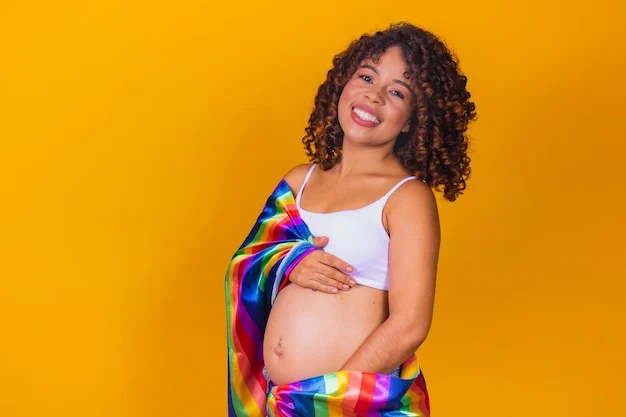Your cart is currently empty!
Yes, My Biracial Son Notices Color. And That’s Okay.
“Look, it’s Uncle Michael!”
At first, I was baffled. How did my brother, who lives a couple of states away, manage to pop into our living room? Then I realized my 2-year-old son was pointing at the TV screen, where NBA superstar Kevin Durant was playing. My brother is at least a foot shorter than Durant, so no one would confuse him for a basketball player.
On another occasion, Uncle Michael transformed into both Tom Brady and a random college basketball player from one of those teams that never seems to advance in the tournament. (I might have a slight sports obsession.) While I knew my brother wasn’t the same as these athletes, it dawned on me that my son was starting to recognize skin color.
Uncle Michael was “brown” like the athletes he saw on TV, and while he may have been younger than some of those college players, I couldn’t shake the feeling of anxiety that crept in.
I wasn’t worried about having “the race talk.” As a black mother, I get that it’s a conversation we often have earlier than most others. I knew this was a typical developmental phase since children start noticing and naming color differences as early as age 2 or 3. What scared me was how to navigate this with a biracial child who might not see himself as either black or white, and might not yet grasp the idea of being “both.”
At first, I questioned if I had done something wrong by not exposing him to more people of color. We live next to a Hispanic family, and his daycare is diverse, but most adults he interacted with were white. My family, all African-American with various skin tones, spent time with him, yet Uncle Michael was his only regular young black male influence. I worried that if he only saw young black men on TV playing sports, he might form associations that didn’t reflect the real world.
I wanted him to understand he was a person of color like me, someone who would identify with kids who had brown skin, and see those with “peach” or “white” skin as different. I remember asking around his age why some people had light skin when everyone around me was brown.
But B’s experience is different, as is his appearance.
“So what color are you?” I asked him one day.
“I’m white, like Daddy,” he replied.
“No, you’re both brown and white,” I corrected. “You’re part like Mommy and part like Daddy.”
He struggled to differentiate between white people too. On TV, “Daddy” could be anyone from musician Ed Sheeran to various politicians debating on the news. He saw skin color but also picked up on age and body types.
It was reassuring to hear him make connections beyond just skin tone. He noticed his friends with brown skin, and he had friends from “Asian,” but he never labeled their skin or features as weird or ugly.
Maybe we were doing something right as a family by actively participating in cultural events, ensuring diversity among his friends, and choosing books and shows that reflected America’s rich tapestry. To him, it was normal for kids to have parents of different colors and for people of all backgrounds to interact as friends. He could have “brown” family and “peach” family, and he felt comfortable with them all.
I’m not so naïve to think this harmony will last forever. As kids grow, they inevitably start to process the negative messages from the world around them. But if they can build genuine friendships early on, crossing racial and ethnic lines, maybe that’s a solid foundation.
Now that B is 5, he has a more nuanced understanding of his identity. He no longer sees himself as just “white like Daddy” but more as “peach.” Excitedly, he once proclaimed in the bathtub that he shared the same color as his little brother (who wasn’t even born yet).
Maybe he’s a little light brown, but not quite as brown as Mommy, who’s brown like Uncle Michael. These days, he only compares Uncle Michael to a few select athletes, like Drake or Bruno Mars. Baby B feels he’s a mix of both, and he loves it. And honestly, so do I.
For more insights on navigating these conversations and understanding the journey of parenthood, check out our other blog posts. If you’re exploring options for starting a family, you can find useful information on artificial insemination kits at Cryobaby and excellent resources for pregnancy and home insemination at Mount Sinai.
Summary
This article explores a mother’s reflections on her biracial son’s early understanding of race and color. It discusses the importance of representation and the normalization of diverse identities in children’s lives. By engaging with cultural events and fostering friendships across racial lines, the mother hopes to create a foundation for her son’s understanding of his identity.
